-
 Bitcoin
Bitcoin $109,459.7682
2.44% -
 Ethereum
Ethereum $2,598.6052
6.29% -
 Tether USDt
Tether USDt $1.0003
0.00% -
 XRP
XRP $2.2734
3.95% -
 BNB
BNB $661.4886
1.58% -
 Solana
Solana $155.4825
4.35% -
 USDC
USDC $0.9999
-0.02% -
 TRON
TRON $0.2838
1.04% -
 Dogecoin
Dogecoin $0.1740
8.25% -
 Cardano
Cardano $0.6047
9.04% -
 Hyperliquid
Hyperliquid $40.2302
6.50% -
 Sui
Sui $2.9863
10.05% -
 Bitcoin Cash
Bitcoin Cash $509.5786
0.60% -
 Chainlink
Chainlink $13.8156
6.03% -
 UNUS SED LEO
UNUS SED LEO $9.0142
0.69% -
 Avalanche
Avalanche $19.0337
8.68% -
 Stellar
Stellar $0.2438
5.17% -
 Toncoin
Toncoin $2.9012
3.59% -
 Shiba Inu
Shiba Inu $0.0...01210
6.20% -
 Litecoin
Litecoin $90.0882
7.05% -
 Hedera
Hedera $0.1597
8.53% -
 Monero
Monero $326.3340
2.88% -
 Polkadot
Polkadot $3.6365
9.32% -
 Bitget Token
Bitget Token $4.6162
2.72% -
 Dai
Dai $1.0001
0.00% -
 Ethena USDe
Ethena USDe $1.0002
-0.01% -
 Uniswap
Uniswap $7.6403
10.47% -
 Pepe
Pepe $0.0...01060
12.03% -
 Aave
Aave $281.3664
7.56% -
 Pi
Pi $0.4992
1.76%
What is NFT (Non-Fungible Token)?
NFTs, unique and indivisible digital tokens stored on blockchains, offer irrefutable proof of ownership, making them ideal for representing digital and physical assets and fostering innovation in various industries.
Feb 17, 2025 at 05:13 am
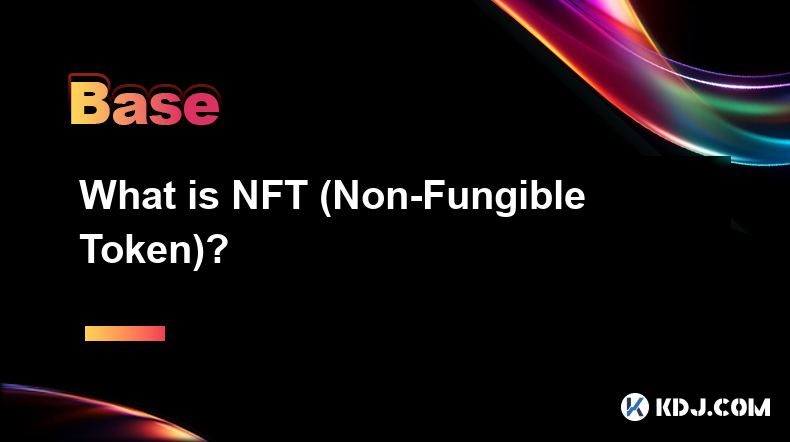
Key Points
- Definition and Characteristics of NFTs
- Creation and Distribution of NFTs
- Benefits and Use Cases of NFTs
- Factors Influencing NFT Value
- Marketplaces for Buying and Selling NFTs
What is an NFT (Non-Fungible Token)?
Non-fungible tokens (NFTs) represent a unique and indivisible unit of data stored on a blockchain. Unlike fungible tokens such as cryptocurrencies, each NFT is unique and not mutually interchangeable. This inherent individuality makes NFTs ideal for representing ownership and authenticity of digital or physical assets.
Characteristics of NFTs:
- Unique: Each NFT possesses distinct attributes that differentiate it from all other NFTs.
- Indivisible: NFTs cannot be divided into smaller units and must be transacted as a whole.
- Immutable: Once created, NFTs' metadata is permanently recorded on the blockchain, providing verifiable proof of ownership and authenticity.
- Transparent: Transactions involving NFTs are transparent and publicly available on the blockchain.
Creating and Distributing NFTs
The creation process of NFTs involves converting a digital or physical asset into a token on the blockchain. This process, known as minting, requires an NFT marketplace or dedicated platform. To mint an NFT:
- Select Asset: Determine the digital or physical asset to be represented as an NFT.
- Choose Platform: Select an NFT marketplace or platform that aligns with your specific needs and target audience.
- Set Attributes: Establish unique attributes and metadata that differentiate your NFT from others.
- Pay Gas Fees: Cover the transaction fees associated with minting and distributing the NFT.
Benefits and Use Cases of NFTs
NFTs offer numerous benefits and applications, including:
- Verified Ownership: NFTs provide irrefutable proof of ownership and authenticity for both digital and physical assets.
- Digital Collectibles: NFTs have become popular for creating digital collectibles with unique qualities and limited editions.
- Art and Gaming: NFTs enable artists and creators to tokenize their artworks and in-game items, providing new revenue streams and fostering ownership.
- Real Estate and Supply Chain: NFTs facilitate the digitization of real estate and supply chain processes, ensuring transparency and efficient asset management.
Factors Influencing NFT Value
The value of an NFT is influenced by several factors:
- Scarcity: NFTs with limited supply or exclusive attributes are typically more valuable.
- Provenance: The artist or creator's reputation and credibility add value to NFTs.
- Utility: The functionality and usability of an NFT, such as in-game items or membership privileges, enhance its worth.
- Market Demand: Demand for specific NFTs from collectors, investors, and users drives up their value.
Marketplaces for Buying and Selling NFTs
Various marketplaces facilitate the trading and exchange of NFTs:
- OpenSea: The largest NFT marketplace with a wide selection of digital collectibles, art, and gaming assets.
- Rarible: Artist-centric platform focused on empowering creators and fostering community engagement.
- SuperRare: High-end NFT marketplace specializing in unique digital artworks from established artists.
- Nifty Gateway: Curated marketplace showcasing limited-edition NFTs from renowned artists and collaborations.
- Binance NFT: Marketplace from the leading cryptocurrency exchange, offering a range of digital collectibles, artworks, and gaming items.
FAQs
Q: What is the difference between Bitcoin and an NFT?
A: Bitcoin is a fungible cryptocurrency used as a medium of exchange and store of value. NFTs, on the other hand, are non-fungible tokens that represent unique assets and cannot be directly substituted for one another.
Q: How can I buy an NFT?
A: To purchase an NFT, you need a cryptocurrency wallet and an account on an NFT marketplace or platform. Select the NFT you wish to buy, set up your wallet, and complete the transaction by paying the necessary gas fees.
Q: What is gas fee in NFT?
A: Gas fee refers to the transaction fee charged for initiating or completing a transaction on a blockchain network. When minting or purchasing an NFT, gas fees cover the computational power required to process and validate the transaction on the blockchain.
Disclaimer:info@kdj.com
The information provided is not trading advice. kdj.com does not assume any responsibility for any investments made based on the information provided in this article. Cryptocurrencies are highly volatile and it is highly recommended that you invest with caution after thorough research!
If you believe that the content used on this website infringes your copyright, please contact us immediately (info@kdj.com) and we will delete it promptly.
- Crypto Summer Buys: Is Shiba Inu Out, and What's In?
- 2025-07-03 18:30:12
- Bitcoin, Solaris Presale, and Coin Watch: Catching the Next Wave
- 2025-07-03 19:10:11
- BONK ETF Buzz: Catalyst for a Meme Coin Moonshot?
- 2025-07-03 19:50:12
- Sui Coin, Bitcoin Solaris, and the Presale Opportunity: Catching the Next Wave
- 2025-07-03 19:50:12
- Sui Coin, Bitcoin Solaris, and Presale Opportunities: What's the Buzz?
- 2025-07-03 19:55:14
- MEXC's Bitcoin Reserves: A Fortress of Asset Coverage
- 2025-07-03 19:55:14
Related knowledge

What is open interest in derivatives?
Jul 03,2025 at 02:49pm
Understanding Open Interest in DerivativesOpen interest is a critical metric used in the cryptocurrency derivatives market, particularly when analyzing futures and options contracts. It represents the total number of outstanding contracts that have not been settled or closed by either party involved. Unlike trading volume, which counts all trades made i...
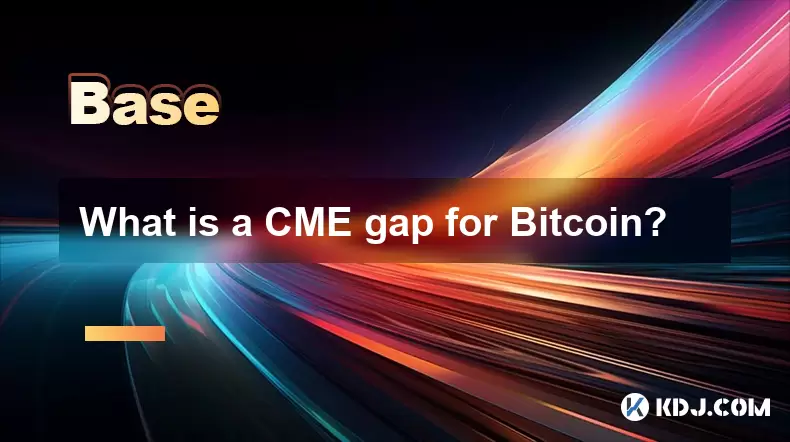
What is a CME gap for Bitcoin?
Jul 03,2025 at 05:49pm
Understanding the Concept of a CME GapA CME gap refers to a discrepancy in price between the closing price of Bitcoin on the Chicago Mercantile Exchange (CME) and its opening price when trading resumes. This phenomenon occurs because the CME operates during specific hours, typically aligned with traditional market hours, while cryptocurrency markets ope...
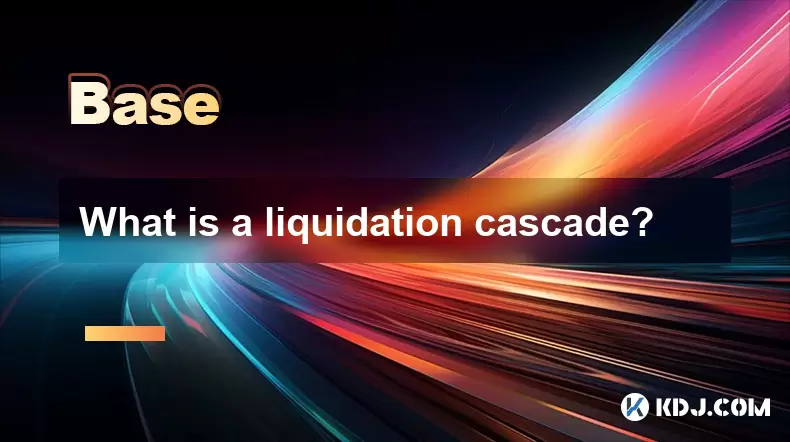
What is a liquidation cascade?
Jul 03,2025 at 07:15am
Understanding the Concept of LiquidationIn the realm of cryptocurrency trading, liquidation refers to the process by which a trader's position is automatically closed due to insufficient funds to maintain the leveraged trade. This typically occurs when the market moves against the trader's position and their account equity falls below the required maint...
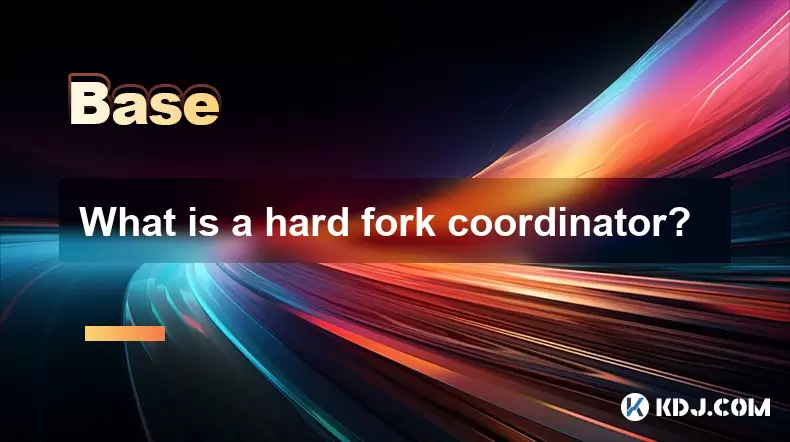
What is a hard fork coordinator?
Jul 03,2025 at 12:42pm
Understanding the Role of a Hard Fork CoordinatorIn the world of blockchain and cryptocurrencies, a hard fork coordinator plays a critical role during major network upgrades. A hard fork is a significant change to a blockchain’s protocol that makes previously invalid blocks or transactions valid (or vice versa). This type of upgrade requires all nodes o...
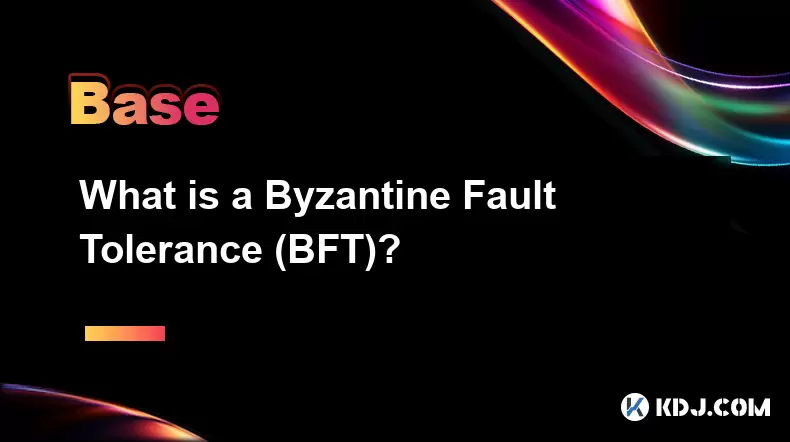
What is a Byzantine Fault Tolerance (BFT)?
Jul 03,2025 at 11:49am
Understanding the Concept of Byzantine Fault ToleranceByzantine Fault Tolerance (BFT) is a critical concept in distributed systems, particularly within the realm of blockchain technology and cryptocurrencies. It refers to the ability of a system to continue functioning correctly even when some components fail or behave maliciously. The term originates f...
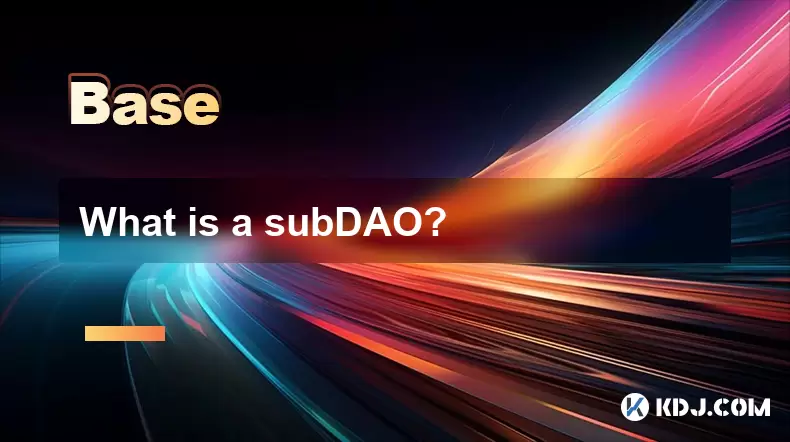
What is a subDAO?
Jul 03,2025 at 09:36am
Understanding the Concept of SubDAOA SubDAO, short for Sub-Decentralized Autonomous Organization, is a specialized entity that operates under the umbrella of a larger DAO (Decentralized Autonomous Organization). It functions with its own set of rules, governance mechanisms, and tokenomics while remaining aligned with the overarching goals of the parent ...

What is open interest in derivatives?
Jul 03,2025 at 02:49pm
Understanding Open Interest in DerivativesOpen interest is a critical metric used in the cryptocurrency derivatives market, particularly when analyzing futures and options contracts. It represents the total number of outstanding contracts that have not been settled or closed by either party involved. Unlike trading volume, which counts all trades made i...

What is a CME gap for Bitcoin?
Jul 03,2025 at 05:49pm
Understanding the Concept of a CME GapA CME gap refers to a discrepancy in price between the closing price of Bitcoin on the Chicago Mercantile Exchange (CME) and its opening price when trading resumes. This phenomenon occurs because the CME operates during specific hours, typically aligned with traditional market hours, while cryptocurrency markets ope...

What is a liquidation cascade?
Jul 03,2025 at 07:15am
Understanding the Concept of LiquidationIn the realm of cryptocurrency trading, liquidation refers to the process by which a trader's position is automatically closed due to insufficient funds to maintain the leveraged trade. This typically occurs when the market moves against the trader's position and their account equity falls below the required maint...

What is a hard fork coordinator?
Jul 03,2025 at 12:42pm
Understanding the Role of a Hard Fork CoordinatorIn the world of blockchain and cryptocurrencies, a hard fork coordinator plays a critical role during major network upgrades. A hard fork is a significant change to a blockchain’s protocol that makes previously invalid blocks or transactions valid (or vice versa). This type of upgrade requires all nodes o...

What is a Byzantine Fault Tolerance (BFT)?
Jul 03,2025 at 11:49am
Understanding the Concept of Byzantine Fault ToleranceByzantine Fault Tolerance (BFT) is a critical concept in distributed systems, particularly within the realm of blockchain technology and cryptocurrencies. It refers to the ability of a system to continue functioning correctly even when some components fail or behave maliciously. The term originates f...

What is a subDAO?
Jul 03,2025 at 09:36am
Understanding the Concept of SubDAOA SubDAO, short for Sub-Decentralized Autonomous Organization, is a specialized entity that operates under the umbrella of a larger DAO (Decentralized Autonomous Organization). It functions with its own set of rules, governance mechanisms, and tokenomics while remaining aligned with the overarching goals of the parent ...
See all articles

























































































